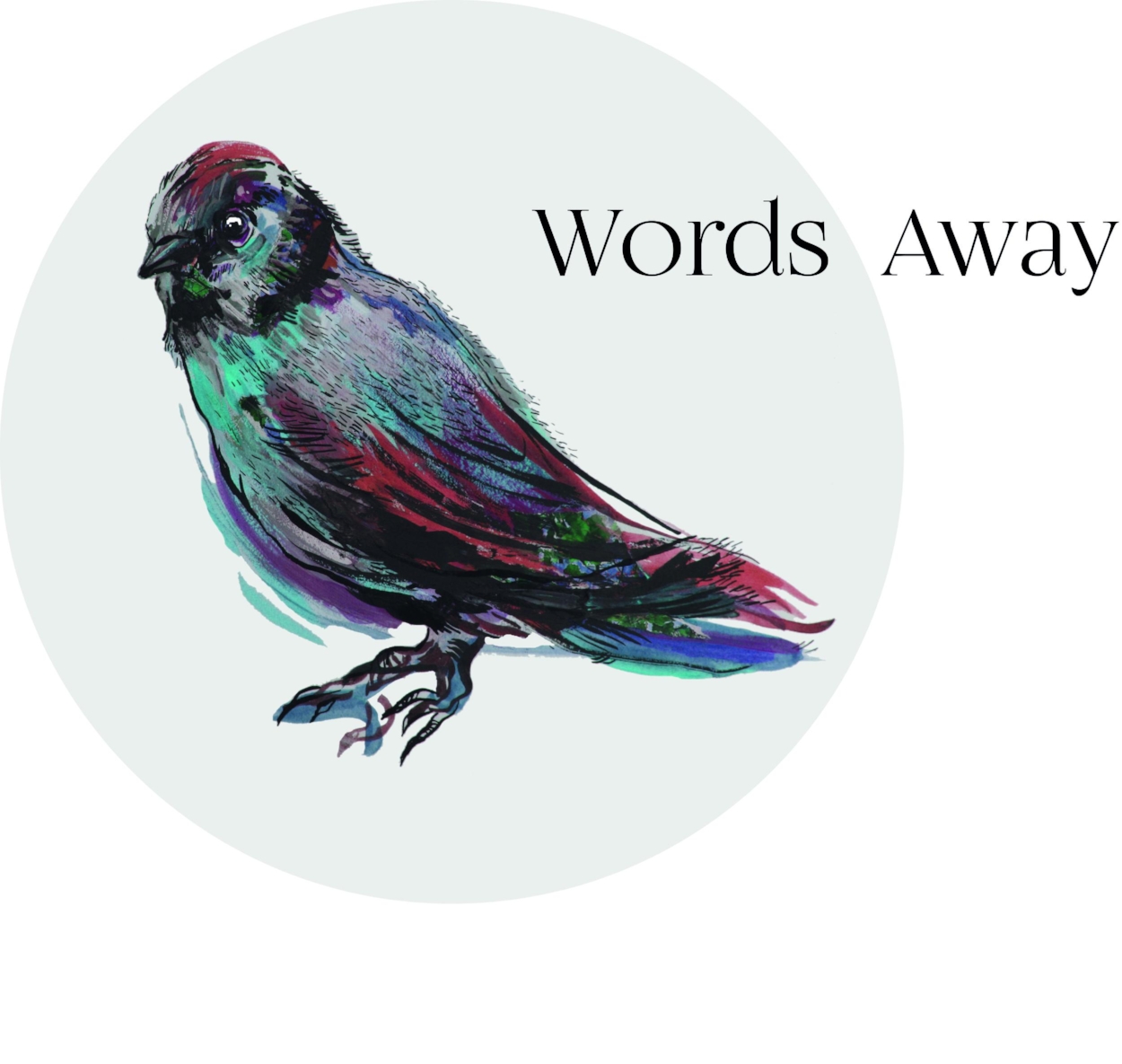Last month the talented writer and poet Caoilinn Hughes dropped in to a Word Away zalon. It was a pleasure to host a well attended zalon and engage with the writing community, a bright point in these disrupted times. Not long after that life took a diverting turn when my husband Mark came down with Covid. We went to ground for a while but thankfully he had mild symptoms and he’s all better now. I don’t think I caught it, but who knows these days for sure. This summary of Caoilinn’s thoughts on character, voice and dialogue will hopefully fire up your writing muscles - it’s certainly inspired me to dust off my notebooks and get writing again!
Caoilinn hails from Ireland and is an award winning writer and poet. Her debut novel Orchid and The Wasp, won the Collyer Bristow Prize. Her poetry collection Gathering Evidence and her short fiction have been awarded a slew of prestigious prizes, including the Moth Short Story Prize and an O.Henry Prize. Her second Novel The Wild Laughter was published this summer and is a masterclass in character, voice and dialogue!
Zooming with Caoilinn Hughes
I asked Caoilinn to define what we mean by ‘voice’ in fiction. She told the audience that what comes to mind for most people is style and language, e.g. the use of particular imagery, figurative language or whether or not you use dialect with your characters. Caoilinn thinks of voice as more to do with the sensibility of a story and where the writer will take the story. “Think about the writers you love and their voices. What voice is really about is to do with the attention that’s paid, and the way it’s paid, rather than something more literal as syntax.”
Caoilinn flagged up how good dialogue ultimately moves character forward, exposes conflict and reveals relationships, “the tension comes about in the distance between what’s said and what’s going on in the story." There are all sort of opinions about how much dialogue should be employed in a book. She quoted P G Wodehouse who recommended getting to the dialogue as soon as possible, “I always feel the thing to go for is speed. Nothing puts the reader off more than a big slab of prose at the start.” Whereas Edith Wharton had the view, “Dialogue and fiction should be reserved for the culminating moments and regarded as the spray into which the great wave of narrative breaks in curving toward the watcher on the shore”. Caoilinn also referenced Elmore Leonard’s very useful Ten Rules of Writing (link below) but reminded us that rules are made to be flouted!
Try Caoilinn’s exercise to discover how much one line of dialogue can do:
Imagine a character in their early twenties and in their bedroom. Someone walks in. There’s a stain on the carpet. How does that person refer to the stain?
There’s an infinite number of ways to imagine this. Think of what your own mother would say - would it be something direct, humorous or something else?
Insert various people into that scenario and you’ll see how much dialogue is always loaded with tension by what one says and what one feels, and by what one wants to say and what one can say. Caoilinn loves writing about family dynamics for this very reason.
We talked about point of view and writing outside of your own experience and gender. Caoilinn recommended an essay, How To Unlearn Everything, by Alexander Chee (link below) who gives advice in the form of questions:
Why do you want to write form this characters point of view?
Do you read writers form this community? Look at your bookshelf!
Why do you want to tell this story?
We also enjoyed hearing about Caoilinn’s experience as a debut novelist with Orchid and The Wasp and how she had set about creating a female protagonist at large in the world and trying to do something that’s doesn’t centre around personal relationships or trauma, (see Caoilinn’s essay, link below). We had some excellent questions from the audience too and lots of enthusiastic feedback in the chat. With thanks to Caoilinn for such an engaging and useful session!
Our next online event is How Agents and Writers Work Together with top literary agent Nelle Andrew to be held on Monday 23rd November at 6pm. It’s a perfect opportunity to ask all those questions about submitting and beyond. Then on the 7th December we’re planning an exciting interactive zalon with the poet and prose writer Bahnu Kapil, who is shortlisted for the 2020 T. S. Eliot prize for her recent collection How To Wash A Heart. It’s going to be a special one - so please save the date - more information to follow and booking to open soon.
All the best,
Kellie
Links and References:
Caoilinn Hughes, Ciaran Carson, Zadie Smith on The Psychology of Two Types of Writers - brainpickings.org, Alexander Chee: How To Unlearn Everything - When it comes to writing the “other”, what questions are we not asking? - vulture.com, P G Wodhouse, Roman Fever by Edith Wharton, Elmore Leonard’s 10 Rules of Writing - brainpickings.org, the picaresque novel, Vanity Fair by William Thackeray, Emma by Jane Austin, The Female Persuasion by Meg Wolitzer - The Atlantic
Links and References:
Elmore Leonard’s 10 Rules of Writing - brainpickings.org
Vanity Fair by William Thakeray
The Female Persuasion by Meg Wolitzer - The Atlantic


